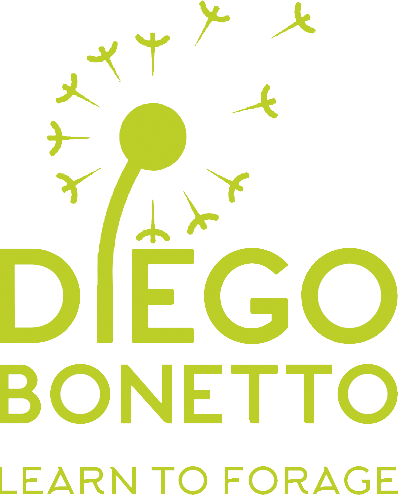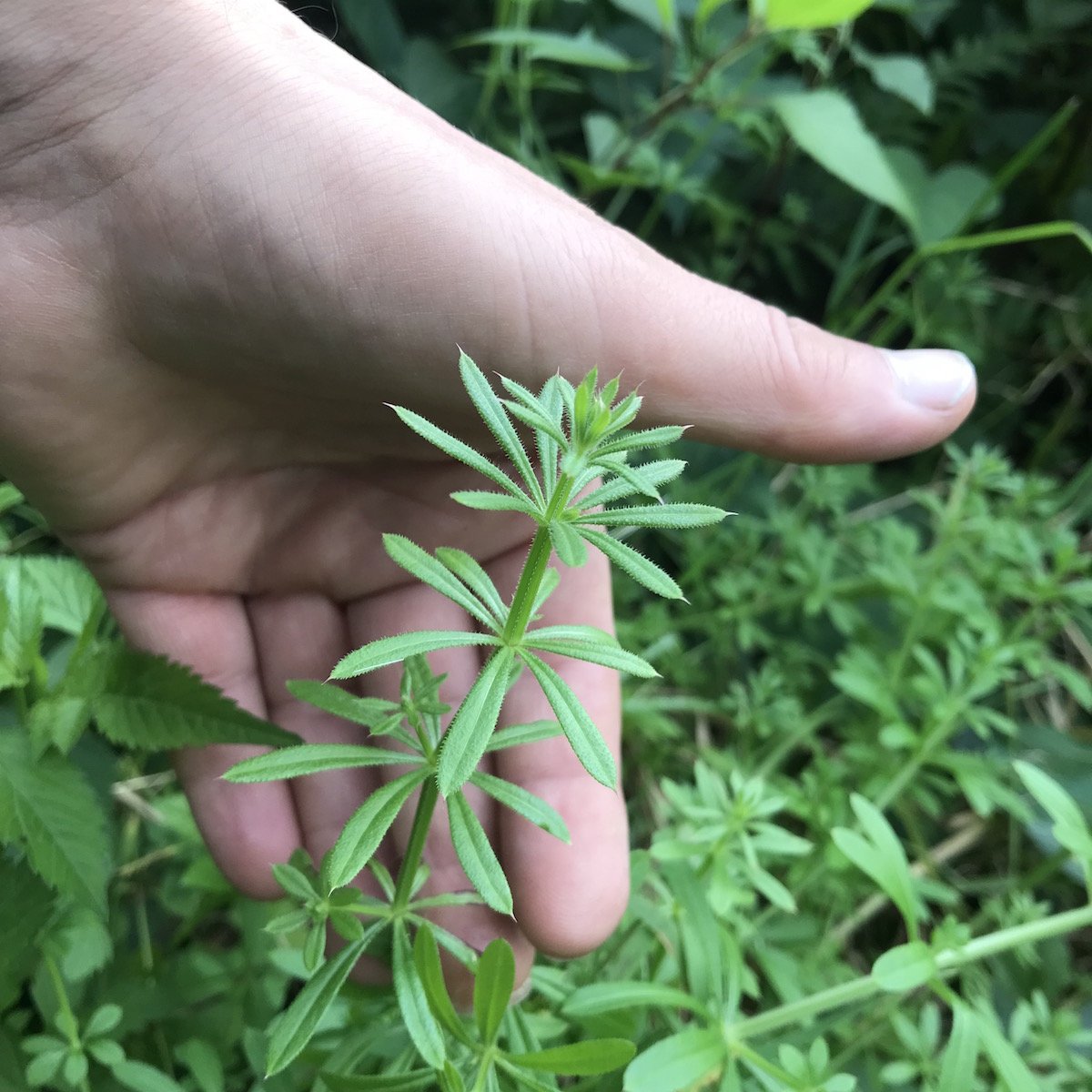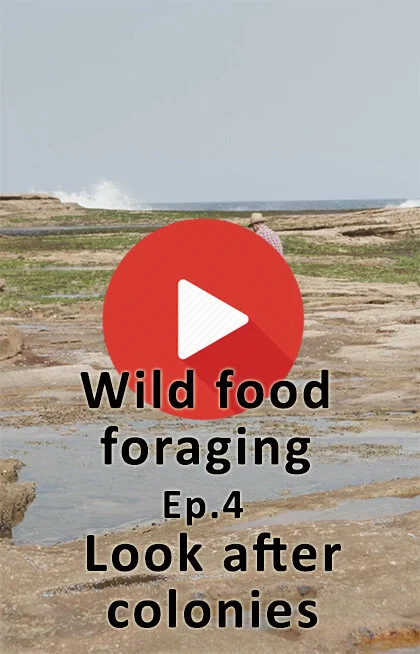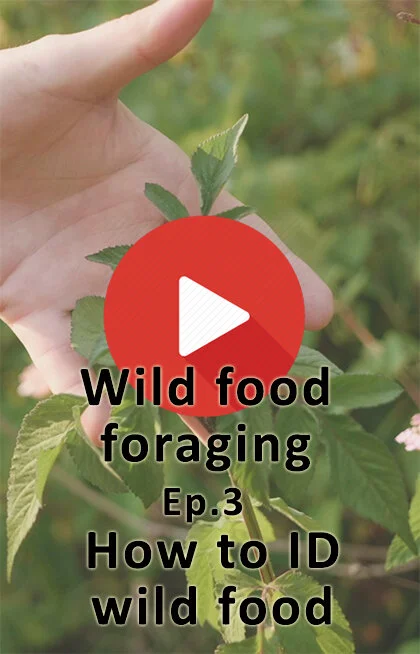Bulrushes is one of the most ancient food plant used by humans all over the world.
Is it time to rediscover this nutritious plant?
It’s springtime and the country roads of southeast Australia are lined with yummy wild asparagus.
Better be quick!
Read MoreSome gardeners really hate onionweed, and yet is one of the most celebrated wild edibles. Learn how to identify and cook this wild garlicky treat.
Read MoreMagnolia flowers are edible, yummy and available everywhere at the moment. Read the guide on how to, find, cook and eat them.
Read MoreThe country roads of southeastern Australia are lined with feral plums in summer. Go for a drive and get yourself some wild food, make jam and rejoice in the abundance of nature.
Read MoreCleavers cling to you, and you can eat them too.
Learn about this amazing wild plant useful for food and medicine
Gardening Australia segment on how to forage for edible weeds. They are yummy!!
Read MoreSome plants are just misunderstood. We think of them as a nuisance, growing out of the cracks in our pathways and becoming the curse of our perfect patios. And yet some pesky weeds are actually edible, nutritious and a much-celebrated food in many cultures. There’s no better example than purslane - Portulaca oleracea - a common edible weed that’s about to invade your garden over the coming months.
Read MoreWild lettuce is regarded as the wild counterpart of the commercial lettuce you can buy at the supermarket. Although it is far more bitter than cultivated lettuce, it has greater nutritional and medicinal qualities.
Read MoreRambling dock (AKA Turkey rhubarb) is a common weed on the east coast of Australia. It is also edible and yummy.
Read MoreMadeira vine is a weed of biblical proportions. It is also edible and medicinal.
Read MoreJack Revell goes foraging for wild mushrooms to find more than he expected and how a pandemic brought us all out.
Read MoreIt is wild fennel time! This wonderful plant provides for greens in springtime, flowers in summer and coming up the fully formed seeds. Easy to identify through the distinctive scent, go get foraging!
Read MoreForaging for wild edibles is a great way to learn about fragility and sustainability. It gives you the chance to experience first hand the results of environmental damage. Foraging will allow you to take responsibility and make you aware of your obligations. Look after Country is everyone's job.
Read MoreMake sure you know what you're looking at before you eat it. If in doubt, do not eat it.
The way to check on key identification features is through visual clues, but also by using your other senses like smell and touch.
A great way to remember this is through stories, so learn the stories related to the plants, 'cause that will remind you of the features.
The best to forage is your own garden, as there is where you know what is growing and how it is managed. In your garden, you will be able to take your time to learn about plants, how to identify them and expand your knowledge. Following from that you explore your neighbourhood where you will spot trees with overhanging fruits. Learn patterns and start mapping. There are food and medicine everywhere.
Read MoreThere are food and medicine plants everywhere you look. From the great knowledge of Aboriginal people to the knowledge of migrants related to weeds and non-natives, we have plenty to celebrate. Here’s a four parts video series on how to forage for wild edibles.
Read MoreWhy foraging today?
Watch a short intro to a four-part series that want to present the what, how, where and why of foraging in Australia.
Read MoreOnce upon a time, they used to say that if you get stung by nettle you should find a dock leaf and rub it on, and the rush would be gone.
Is it true? Or is it just folk lore?
Read MoreHow to tell a dandelion and a sowthistle apart? Eat them both!
Sowthistle is an amazing ad celebrated plant food all over the world, including Australia.





















